The most common response I got whenever I told someone I was planning to spend a week’s vacation in Singapore was “What? Why Singapore?” To which I answered that I wanted, for once in my life, to see what an actual well-run country looks like. The second most common response was “yeah, a week should be enough to see pretty much everything”. I think this one is mostly right.
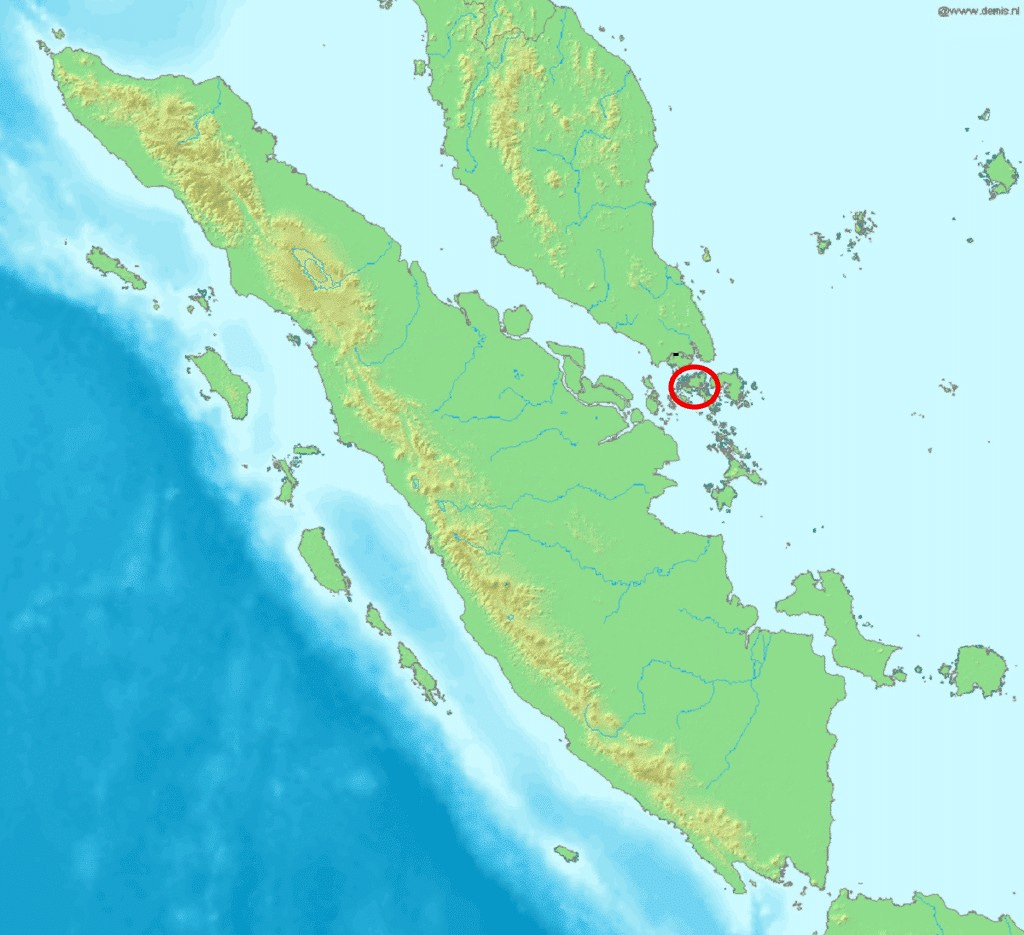
General Impressions
The first thing you notice in Singapore is that it’s hot.
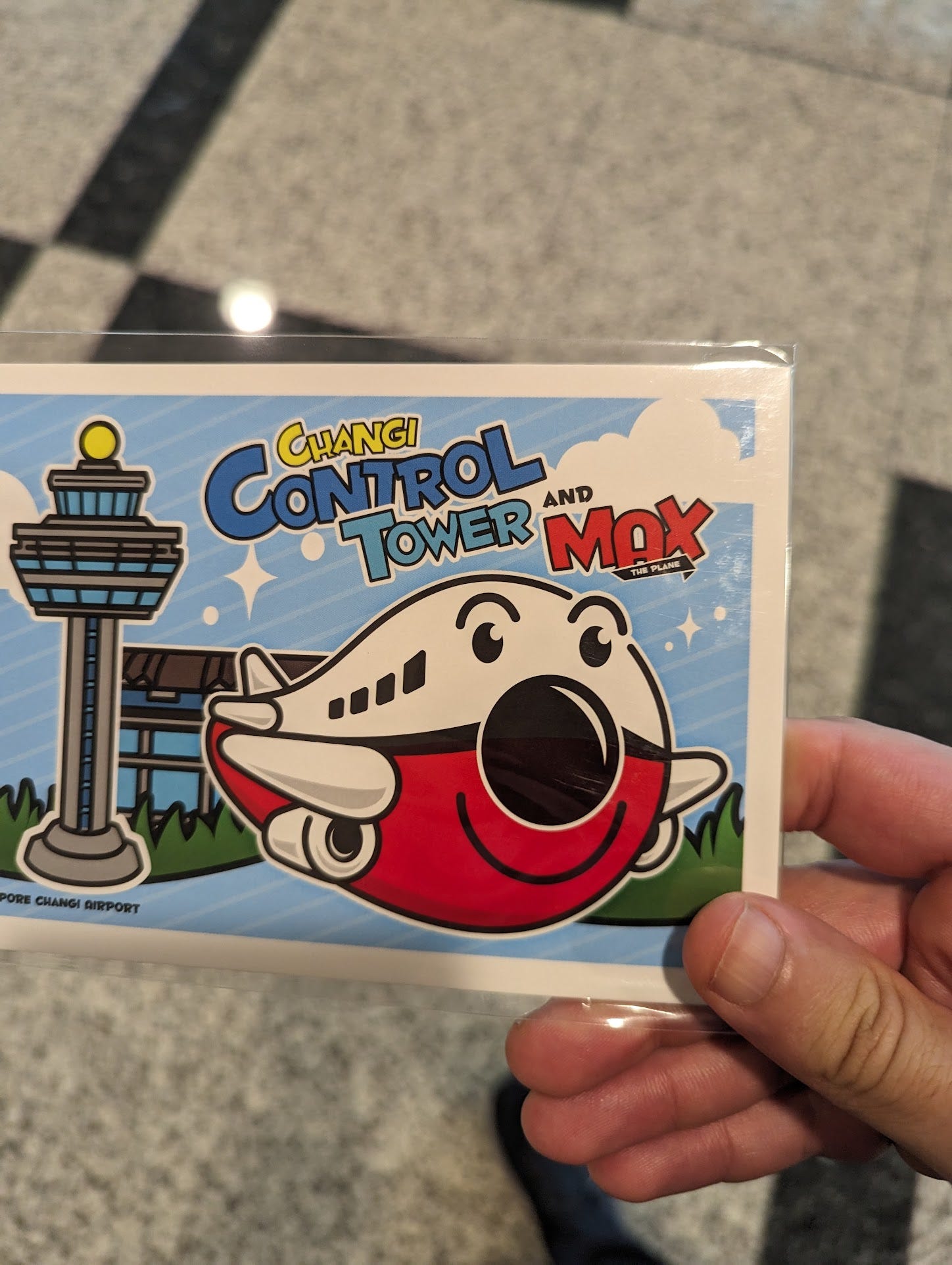
It wasn’t quite as bad as I expected - it’s pretty much perpetually in the 30-32 degree range1, which is hotter than Israeli average but not as bad as Israeli summer. I’m not sure if the humidity makes it better or worse overall, but it does mean you constantly sweat.
I’m pretty sure it’s not possible to stay hydrated in Singapore. I was there for a week and I managed to have non-yellow pee exactly once.

I don’t want to keep going on about the heat, but it’s important to remember that it hits you constantly. Pretty much everywhere indoors (including buses and trains) has good AC (cold enough to relieve you of the heat but not so cold it makes you miss it), so if you regularly go indoors, but if you’re walking around a lot outdoors doin tourist stuff it’s a constant burden (which, unlike in other places, isn’t seasonal: You’re on the equator and there are no seasons).
The whole city was, disappointingly, a lot more car-oriented than I expected. There’s multilane wide roads everywhere, not enough crosswalks, and those that do exist take forever to go green.
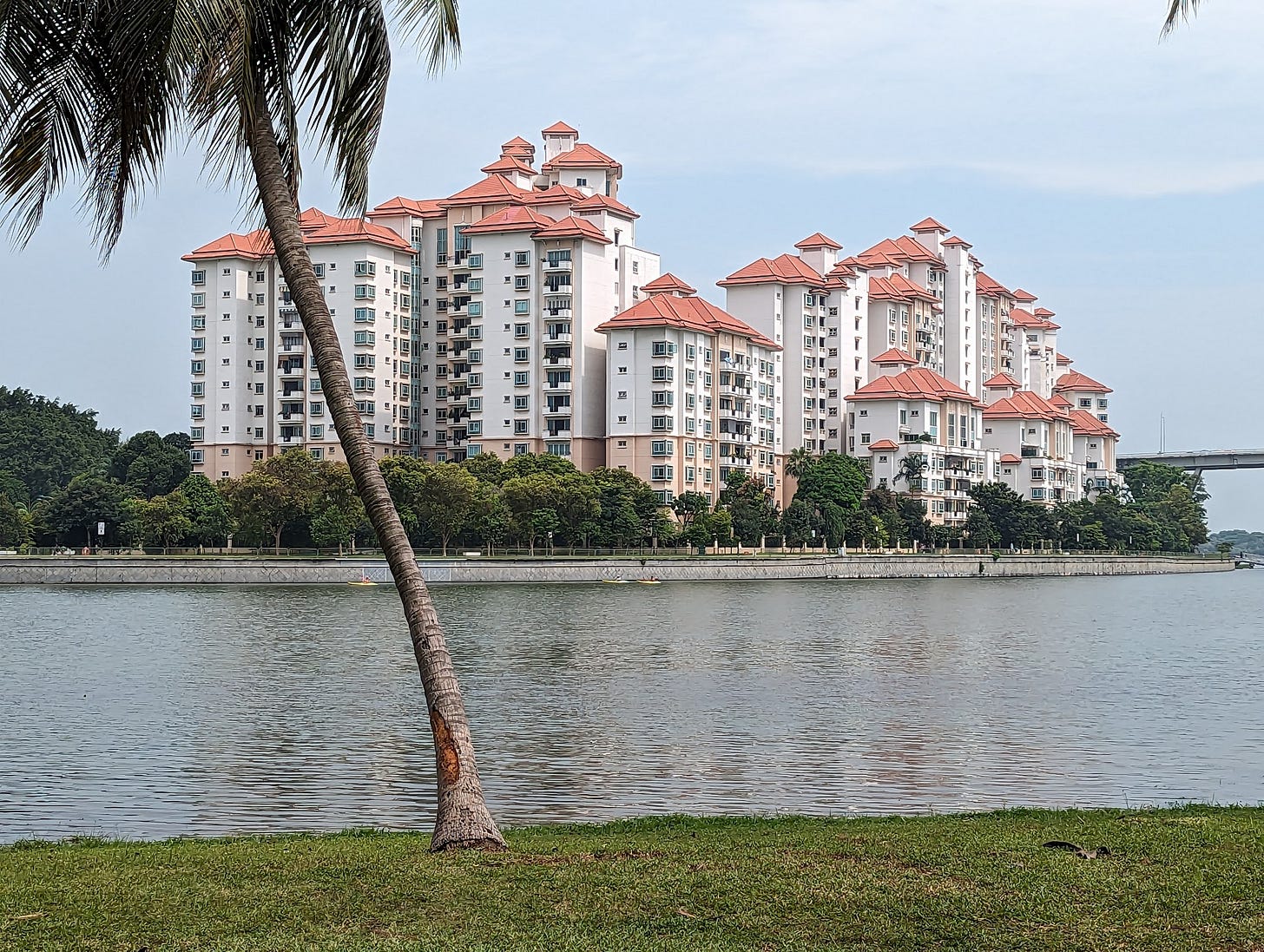
There’s some overpasses (which often link directly to the buildings2 on either side as well as the sidewalks, which is a nice touch), but they’re clearly tacked on and remind you that overpasses are car infrastructure - they’re there to help cars not worry about slowing down more than to help pedestrians.
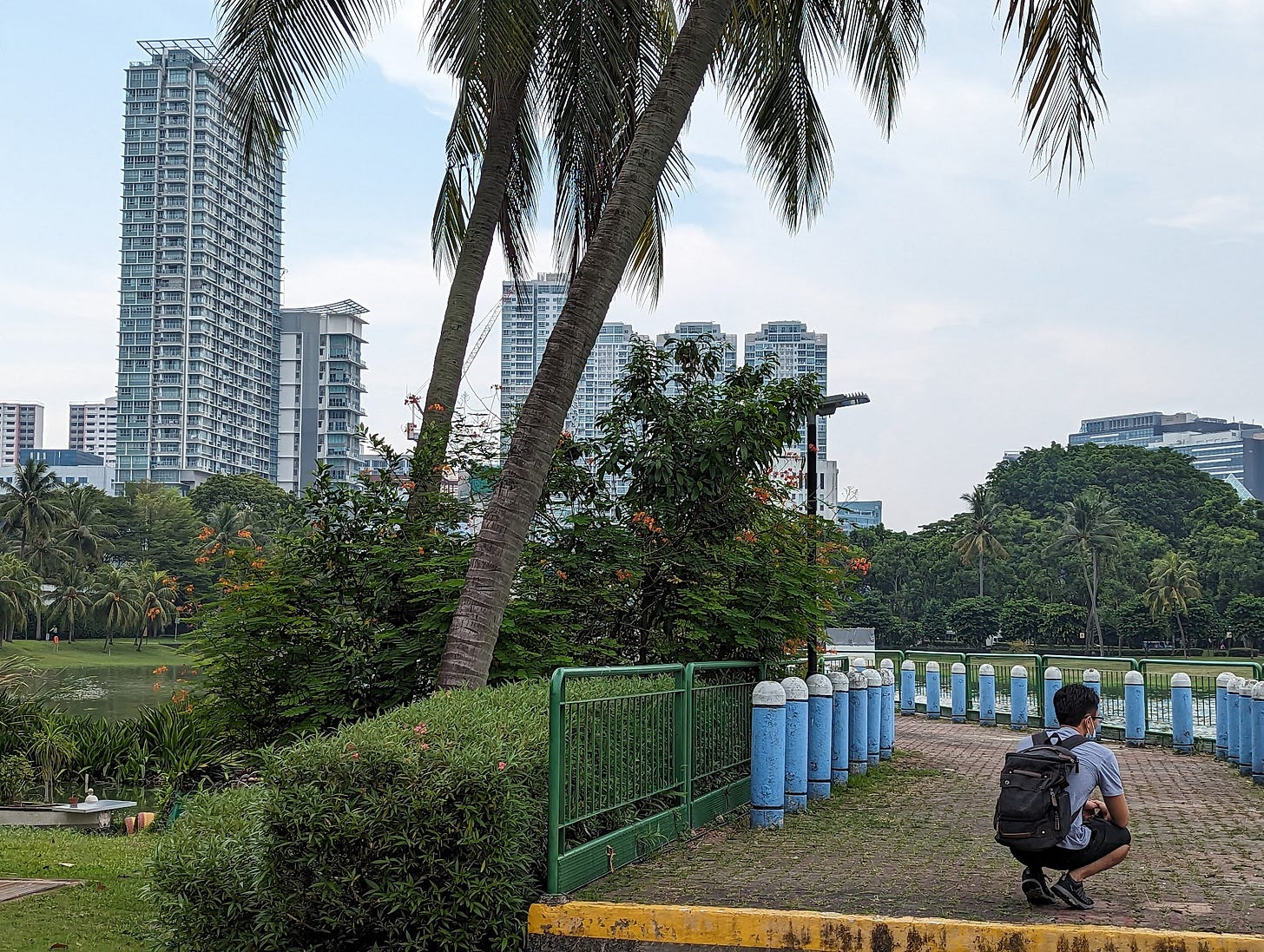
The car ownership rate in Singapore is somewhere around 11%3. They do a good job taxing the congestion externality4 (I didn’t see a single traffic jam in Singapore; I don’t think they happen there). But they don’t appropriately tax the land use costs of cars when building roads5. The other nice thing is the complete lack of street parking: It means you see a lot of parking garages, but you don’t actually get parked cars on the street, which is nice.
I was expecting downtown to look like Manhattan (except clean). But it actually reminded me a lot more of Queens, or even an american suburb: There are tall buildings but they’re mostly in isolated clumps. You never feel overshadowed by them.
Also like Queens, it’s majority Chinese6, speaks English, and has a crapton of people from all over the world. Unlike Queens, a lot of this ethnic diversity is southeast asian, and really hits you over the head with how poor a category “southeast asian” is. Southeast Asia covers a larger area and population than Europe. I saw people from so many different cultures and ethnicities I didn’t even recognize, but obviously different ones. It reminded me of running into Chinese college students in America who politely asked me, when I said I was from Israel, where that was - there’s a thousand places with their own cultures and languages (and probably some kind of history of centuries of fighting over them) that I’ve never even heard of, and Singapore hit me over the head with it.
In theory Singapore is majority ethnically Chinese. In practice I think ethnically chinese people were a minority of people I saw - maybe because there’s fewer of them around Kallang, where I was staying7, probably because they tend to have office jobs and the people I saw on the street were likelier to be day labourers or street people8.
Another thing: Singapore has a lot of Parks. I’ll get to the big one in the middle yesterday, but they’re really all over the place. Maybe people who live there are used to the heat and can enjoy it, but I probably wouldn’t have spent so much time in them if I wasn’t pushing myself to do maximum tourism.
The other thing to notice is that it’s incredibly child-friendly9. Singapore isn’t just very safe, it feels safe, which means you see young children taking the train or walking down the street alone the way you don’t in America. And it’s government policy to push child-friendly policies, both in terms of built space and in various tax and housing incentives. You see way more children just walking around Singapore than you ever do in New York or San Francisco.
Singapore’s fertility rate in 2020 was 1.10 births per woman, which is roughly half of replacement level.
There’s two important points here: First, we can’t seem to come up with good policies to actually encourage fertility. Singapore’s government has tried all the obvious ideas and it’s barely budged10. And second, New York and San Francisco have a truly massive crisis that’s hidden by the numbers of other demographic groups in America having higher fertility rates. We know the western world in general has a fertility crisis, and we often think of it as a european thing America mostly avoids. But urban America, as far as I can tell, has it worse than europe. I like New York, but most of the people I like in New York aren’t having kids11, and this is an underrated giant crisis12.
Legibility
A while ago, I wrote this post contrasting high-trust societies with high-legibility societies. Singapore is clearly high-legibility: MRT station exits are not only numbered, but each station has an alphanumeric code to identify it consistently across different languages13. This extends to pretty much everything - I never really got lost (either literally or spiritually) when I was there. Even crowded restaurants had online waitlists and signs saying the expected wait times.
Is Singapore high trust? This is a harder question. It’s definitely low-crime, as well as being low-disorder. I felt pretty comfortable leaving things lying around, and (like mentioned earlier), kids are visibly comfortable walking down the street or riding the MRT unaccompanied.
On the other hand, it felt like it’s missing the sort of casual camaraderie I see in Israel. It’s hard to imagine people casually showing their feelings or some random old lady on the street asking me to help her carry something (on the other hand, I’m not exactly a local, and it might be different for them). Singapore does have high rates of immigration and diversity, which you’d expect to make for a low-trust society on priors.
I think this sort of society works better for me. There’s a kind of high trust society that bothers me, where people feel comfortable imposing obligations in illegible ways, but I really like legibility. It’s easy to overcorrect on this axis but still, I felt oddly socially comfortable there, and I suspect that’s why.
Also, I may owe Eliezer a partial apology about my last post: I still claim Dath Ilan isn’t a high-trust society, but it probably makes sense for it to be like that, given the premise - if we assume it’s fairly Singapore-like (at least, outside of weird experimental cities), Default could reasonably be expected to be high-legibility/low-crime/low-openness.
The MRT
When I first got to Singapore, someone suggested the challenge of riding every MRT line from end to end during my time there. I managed to cover roughly a third of it during my first two days:
There’s also this nice Monorail line
I took the green line up to the port near the Malaysian border
but then decided I didn’t want to keep that level of effort in it and gave the idea up. Still, I covered quite a lot of it.
Quality of service, from the station, was fantastic: There’s 6 minute headways off peak and 2 on peak all day (hours are a bit short though). Station dwell times felt long, although according to actual metrics they’re relatively short. They have platform screen gates/doors, but unlike in Paris, I never saw the doors hit anyone (and unlike in New York, I never saw some jerk delaying the train by holding them open14). I also never saw a single service disruption during my time there, or even a broken escalator, which would be unheard of in New York (in fairness, I think I saw a couple of out of order platform screen gate at one station).
Coverage is somewhat lacking. For comparison, the Madrid metro area has roughly the same area and population as Singapore. Singapore has about 119 track miles with 119 stations, compared to Madrid having 182 track miles over 302 stations.
The other drawback is poor TOD15. For example, this is what the area just outside Kallang station (the one next to my hostel) looked like:
For context, here’s the map of the area. The station is surrounded by parking lots (and parks) on both sides, with most of the nearest residential areas and businesses being
In fairness to the MRT, I think they’re aware of both issues and working on expanding the network (including new stations on reclaimed land that should be planned as TOD from the start, which is pretty neat). Here’s a map of the planned network, with lines that haven’t been built yet as dashed
The teal line on the left is hella weird. It’s definitely an area that needs more coverage, but… what the heck is going on with all that branching?
The stations are all weirdly big. According to the transit costs project, the MRT is one of the most expensive metro systems in the world on a per-mile basis16. Most of the stations also seem to be malls: Malls are everywhere in Singapore, they’re all constantly full of people (from where? Singapore doesn’t exactly have a vast network of feeder suburbs, it’s nowhere near being a New York or even Paris sized metro). I guess the people of Singapore just love their malls.
Some more nice things about the MRT: It follows the Singapore tradition of being clean and safe. It has great wayfinding17 and numbered exits, which make the stations nice and legible (you know I love my legibility), especially when planning to meet someone or following gmaps directions. The trains have colour-coded chairs reserved for old or disabled people, which is great, and their AC is always just the right temperature.
An aside on Lee Kuan Yew
The other thing I ended up doing in Singapore during all those train rides was reading Lee Kuan Yew’s memoirs. There’s enough there to deserve a full post once I finish, but a few comments from there that seem especially relevant.
The general impression of Lee is this cold, competent technocrat. In his actual stories though, half the time he feels more like a Bill Clintonesque charisma-based hero: When corporations are deciding whether to invest in Singapore, he shows up to talk to the CEOs - and they’re all so impressed by his solidarity and competence they decide to go for it. When the British plan to pull their forces out of Asia, he goes to London to speak with Parliament - and gets them to stay for another eight months. When an army officer sends all the Malay recruits home, almost starting race riots, he goes to jail, talks to the hundreds of angry malays, and calmly explains that there was a misunderstanding of the policy and all Singapore citizens can serve and report back to base tomorrow morning. This works, they all calm down, and are let go from jail without further incident.
There’s an important lesson here for rationalists: There’s a common misconception that charisma is this weird alien ability that relies on dazzling and confusing people. And some forms are like that, but there’s also powerful charisma in just telling people, straightforwardly and directly, how you see the situation and what you intend to do, and being reliable about it.
This isn’t always easy - explaining complicated things in simple terms is a hard thing to do well18, but it’s something technical/systemic oriented people are actually predisposed to be good at.
A more physical impact of Lee’s policies was greening. Growing plants from everywhere in the world that could grow in Singapore’s climate was a big plan of his, which explains why Singapore has so much solarpunk aesthetic (and so many parks):

One of the questions people commonly have about Singapore: Given its unusually competent government, why doesn’t it allow obvious policy wins like human challenge trials that other governments are too populist to support?
Lee’s perspective makes this much clearer: From the start of Singapore as an independent country, he constantly feels the country is dancing on the edge of a precipice. Surrounded by larger countries with uneasy relations, with the British about to pull out (taking both their military protection and the island’s largest source of economic activity), it feels constantly on the brink of military or economic ruin. And even decades later, when Singapore became safer and wealthier, he never let himself feel secure. The vulnerabilities were all still there, and needed to be held back with ceaseless vigilance.
This reminds me of the point in made in my Oppenheimer post: Countries manage to keep competence and state capacity when they feel a real crisis. Singapore has managed to keep it as well as it has because the PAP has kept the feeling of acute crisis for its three generations so far.
So why doesn’t it do experimental policies? Because the point of policies is safety: Look at what works best in other cities and countries, and copy it. Don’t do crazy risky innovations that might doom your country, you do not have that kind of slack. The one exception I know of is monetary policy, where Singapore is kind of unique in not having a central bank, but that too is done for safety (to avoid the risk of hyperinflation). The Singapore financial system is similarly conservative: They historically restricted leverage and systemic financial risk way more than other countries (which makes it kind of amazing that their economy grew as consistently as it did without any sort of fiscal stimulus policy).
There’s the question of whether Singapore is autocratic. I don’t have any special insight on this in general. It is notable that Lee (and, as far as I can tell, the PAP after him as well) saw their primary source of power to be popular support, and to maintain it by maintaining broad popular support19.
The one confident criticism I have of him is his windshield mentality20. I mentioned earlier that Singapore has too many roads, and that comes across in the book: Lee constantly mentions visiting places by car and experiencing them by driving around. He mentions building the MRT in an offhand couple of lines between talking about his traffic congestion policies and doesn’t mention buses at all - even though buses and the MRT account for far more of the traffic than cars, something that seems pretty historically consistent21.
Tourist stuff (presented in list form)
National museum of Singapore
This one was surprisingly interesting. I usually just like reading history, but since I was already interested in the subject it was nice to have an interactive exhibit (sort of like a book with lifesized displays for parts of it)

Aquarium
There’s a neat aquarium on Sentosa island. I’d say it’s about twice as interesting as the Singapore museum, but tickets are 4x as expensive (and it’s 4x as much of a pain to get to), so in terms of cost/benefit analysis the museum still wins out.
They also had the aquarium worker on display. I don’t know if this means working in the aquarium technically makes you a fish.
Gardens by the Bay
The gardens by the bay have a bunch of giant greenhouses and some huge fake-ish trees.
You might be thinking “wait, why would Singapore need greenhouses? They’re already in the tropics!” Turns out they’re used for desert plants:

Then I went to the skyway pillars, which are neat:
From the top, I finally saw what I’ve dreamed of seeing since reading The Box: A real first-class global port
(Well, I’d also seen this MSC ship from a separate mountain a few days earlier):
The Interlace
I’m not sure this qualifies as a tourist thing, but it’s neat: There’s basically a building that’s just a stack of apartment buildings masquerading as Jenga Blocks:

Treetop Walk
Singapore has a giant park covering the middle of the island:
I decided to go climb through treetop walk. I did not bring any water. I started the hike dehydrated. Remember when I said it’s basically impossible to stay hydrated in Singapore at the best of times? This was not the best of times.
First, just getting to treetop walk is a roughly 5km walk up a mountain. The walk itself is pretty cool:
Also, I saw some monkeys on the way
The bad part was afterwards. As it turns out, there’s no way to go back the way you came, and this park has no roads or buses through it. Which means the only way to get out is a 6-7km route down the other side of the mountain and around the golf course (have I mentioned that it was 32 degrees this whole time?) By the last couple of miles I was starting to worry whether heatstroke or dehydration would strike me down before I made it out.
Fortunately, Singapore makes up for the limited coverage of the MRT with great bus coverage, so I didn’t have to walk far to get a bus once I was out of the park. And even more fortunately, buses have AC, so I successfully avoided heatstroke. It did take me half an hour until I found somewhere to rehydrate, but eventually I got downtown and found this 20ox smoothie
Then I went back to the hostel, drank six cups of water in a row, rested a bit, then drank four more cups of water. Singapore remains the eternal foe of hydration.
What did I learn about myself?
First, I felt a lot more comfortable in Singapore than I do in Israel, or even europe. I occasionally got worried with some things (would Singapore be too small for me to live in? Would the heat and lack of seasons be unbearable for me?) But I liked it. Maybe it’s about the legibility thing. Maybe it’s that a lot of it is a hybrid Chinese/Western culture, which seems to be where I feel most comfortable (there’s a reason I lived in LIC, beyond just the commute).
I’d feel weird about moving to a new city where I didn’t know anyone, and I still miss New York. But I also just generally have a thing where I hate backtracking22. I don’t think I hate it enough to actually keep me from New York, there’s too much there I miss. But it is enough to find the idea of moving to Singapore instead appealing, at least.
Much of what’s nice about Singapore is what doesn’t happen. I didn’t have any train breakdowns. I didn’t have to walk around cars parked on the sidewalk, or get shouted at by hobos. I didn’t see trash on the streets. As someone who gets deeply frustrated by the inadequacies of the world, I liked that a lot.
I also discovered some things where I’ve grown apart from American culture. I’m less of a free speech absolutist than Americans, I think. I’m a bit more pro-order than americans (eastern/western culture, or even just chinese/confucian vs anglo-american, is a pretty broad and hard to define concept, but to the degree that it’s a spectrum I think I fall more in the middle of it than I do to the american end). Mostly, I feel good with immigrant communities, and Singapore is that.
I think I’m done with city trips for a while. Not that I’m sick of them or have grown past them, I still want to see more global cities eventually (especially some of the real east asian megacities). And my next vacation could well end up visiting a european city, just because it takes too long to get somewhere rural for a long weekend. But when I get a chance, I want to go see some mountains again. Maybe bike around with my friend in Switzerland.
That’s 85-90 in American
Usually malls. The people of Singapore love their malls.
Source. Note that this is per-person, the per-household rate is higher but still very low by US or even European standards.
Permits to own a car in singapore are priced high enough to avoid congestion, and cost somewhere around 100K.
In 2019, about 12% of the country’s land area was already used for roads, compared to about 14% for housing.
in fairness, I think the government has realized this and is taking steps to improve it (having a government that notices and responds to problems sure is a weird experience huh). They’re adding some pedestrianization and overpasses and new neighborhoods should be more pedestrian-oriented. But still, it’s hard to overhaul something like this, especially when you already have the roads in place.
One thing they do seem to handle well is car size: I never saw any stupidly big cars or pickup trucks, just normal-sized sedans. Even the cargo trucks for construction projects were roughly the size of normal-sized cars, not Ford monstrosities.
Okay Queens isn’t technically majority Chinese but I lived in Long Island City.
This seems unlikely, since Singapore has laws against geographic ethnic segregation like that.
Singapore doesn’t have many obviously-homeless hobos the way New York and Paris do. I don’t know if the scruffier people I saw lounging around when I was walking around the street were homeless or unemployed people who are well enough off (or want to avoid negative attention) enough to avoid being obvious hobos, or if they were just various categories of not-working-right-now and also slightly scruffy.
Except for all the wide roads.
I’m not sure this is fair. Hong Kong is probably the most similar place to Singapore and its fertility rate is 0.87, so there’s a reasonable argument that Singapore’s policies have made a meaningful difference if we assume Hong Kong as the baseline for Singapore-like places. But it’s still so far short of replacement level, let alone growth.
If you assume AI kills us all or unrecognizably transforms society in the next 20-30 years this probably doesn’t matter. But if you don’t assume that it really does. Even in most worlds I can imagine where ASI successfully remains under human control and doesn’t doom us, the fertility crisis remains a huge problem (and if we just have AI solve it for us then we really will have given up all agency, even if it comes up with a solution we’re happy with).
MRT lines, on the other hand, have some terrible names. You can’t call a line the “Downtown Line”! All the lines go through downtown! The East Coast line doesn’t even go along the east coast! Please just use colour coding.
One of my more extreme policy suggestions is putting razor blades on the subway doors in New York in order to stop this.
Transit Oriented Developement
I asked Alon Levy if they’d ever studied it specifically:
“I've been told (by not that many sources) that Singapore adopted British-style privatization of the state early, alongside Hong Kong; costs in the 1980s weren't so high, but they exploded in the 2000s”
I’d be surprised if station size wasn’t a factor, but I’m not the expert Alon is and don’t know of any type of explicit cost breakdown.
The one exception to this is that the LCD screens occasionally show ads or general information clips. it’s enough to make me be generally against LCD screens - even a system as good as the MRT falls into the temptation of misusing them. screens are too small to run ads on (or map displays with coloured lights at the stations) can help resist this temptation.
Bill Clinton was also famous for being good at distilling economic concepts like this. His freaky charisma wasn’t just being good at manipulating people.
In Lee’s credit, he addresses the “am I an autocrat” question head on in his book, and lists every accusation against him then explains why he thinks he’s in the right. Some of them I found convincing. Others less so - specifically one point where he defends a policy of having prioritized areas that voted for the PAP by higher margins for housing upgrades. The day I read that was the one point that made me feel kind of down on Singapore as a country.
It’s always a risk to criticize the work of the person who wa actually on the scene and knew the tradeoffs - especially when, like here, he’s probably smarter than me - but I think in this case the benefit of hindsight gives me enough of an advantage to be right.
This website tracks data for Singapore mode share since 2000, and is just all-around pretty great.
In Michael Ende’s Momo, there’s a tortoise named Cassiopeia who can see exactly half an hour into the future, but she never looks back. At one point her enemies use this to slowly follow her to her hideout from behind, which she never detects, because she never looks back. I relate to her a lot.





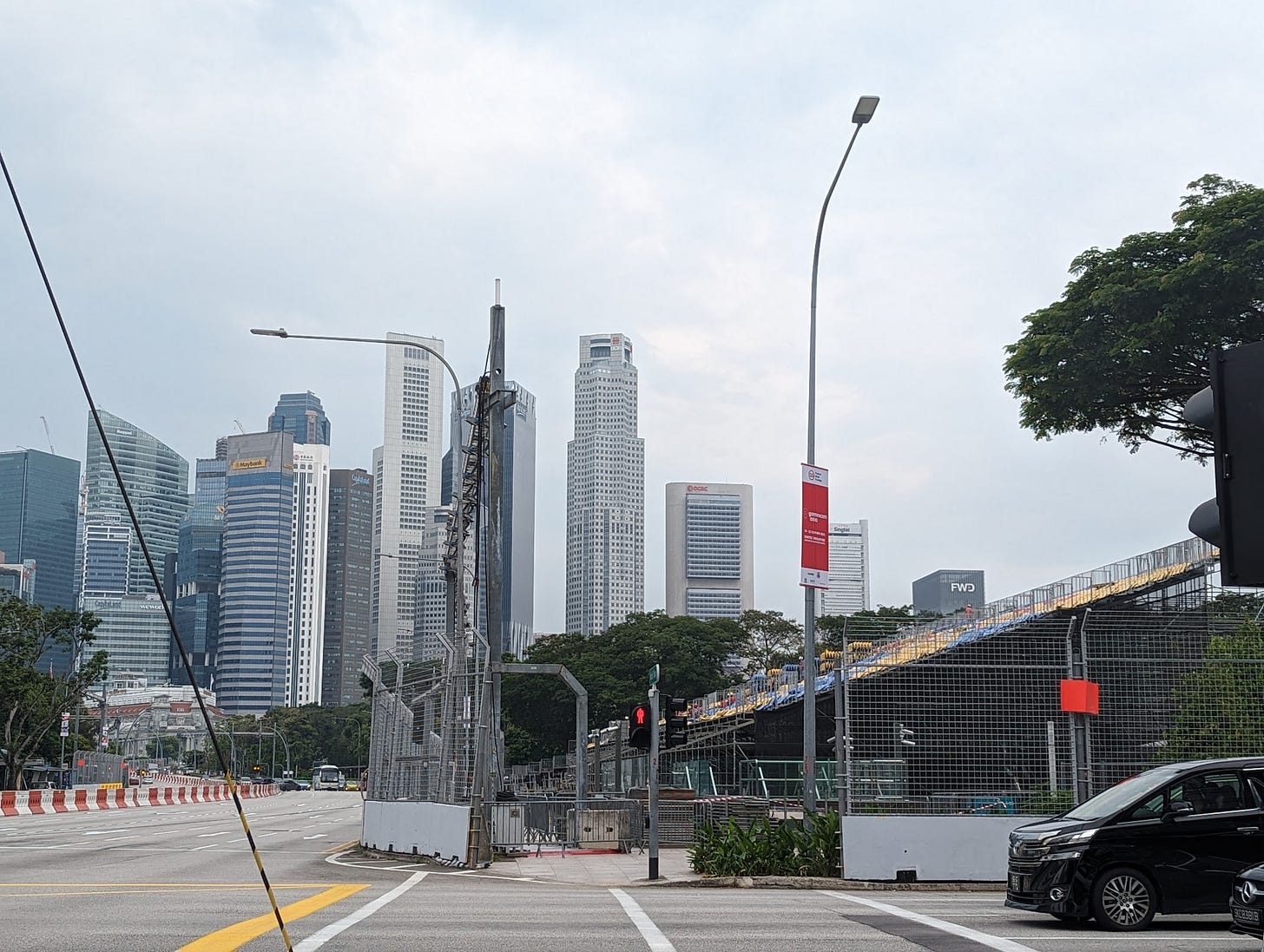
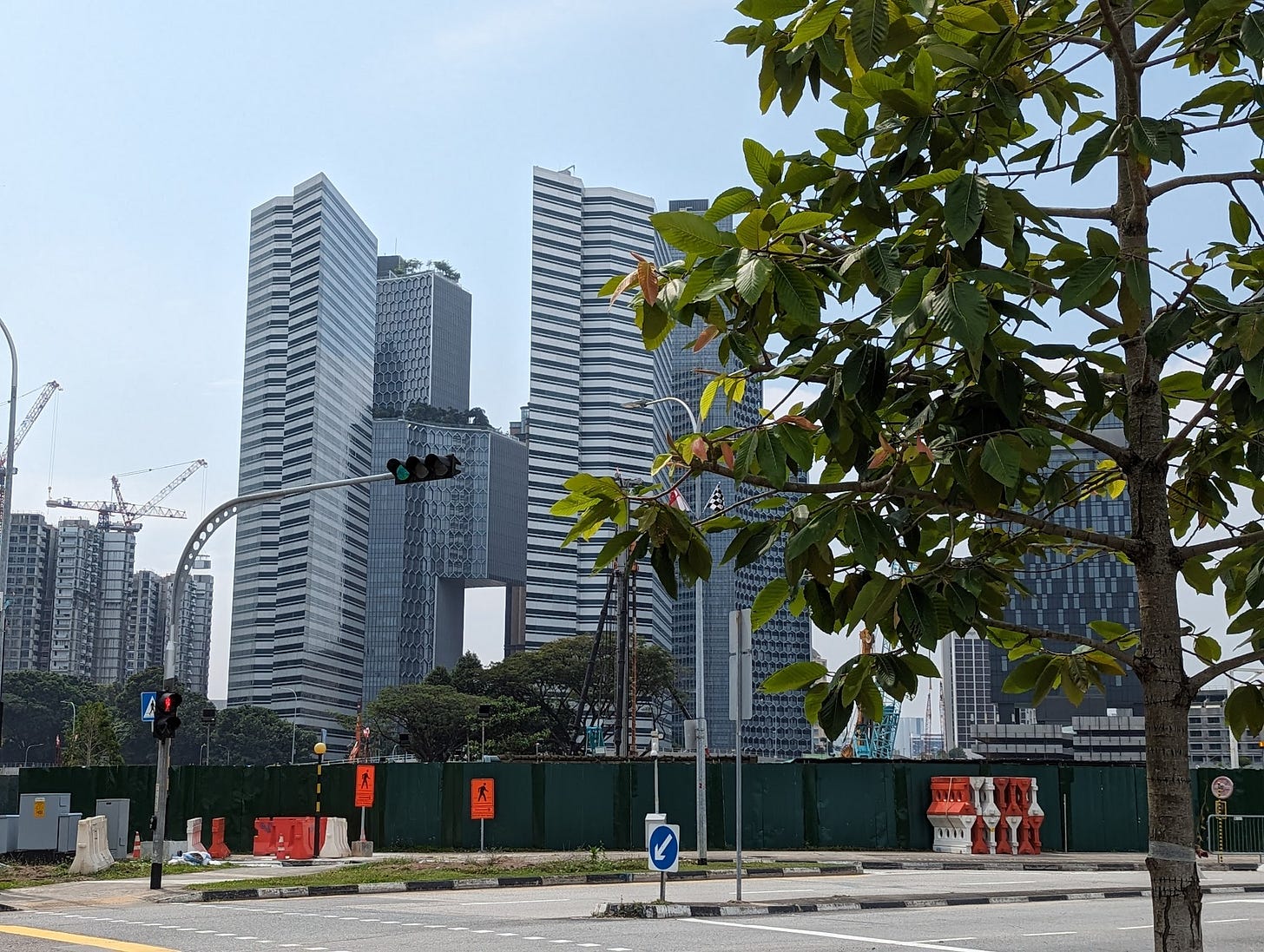



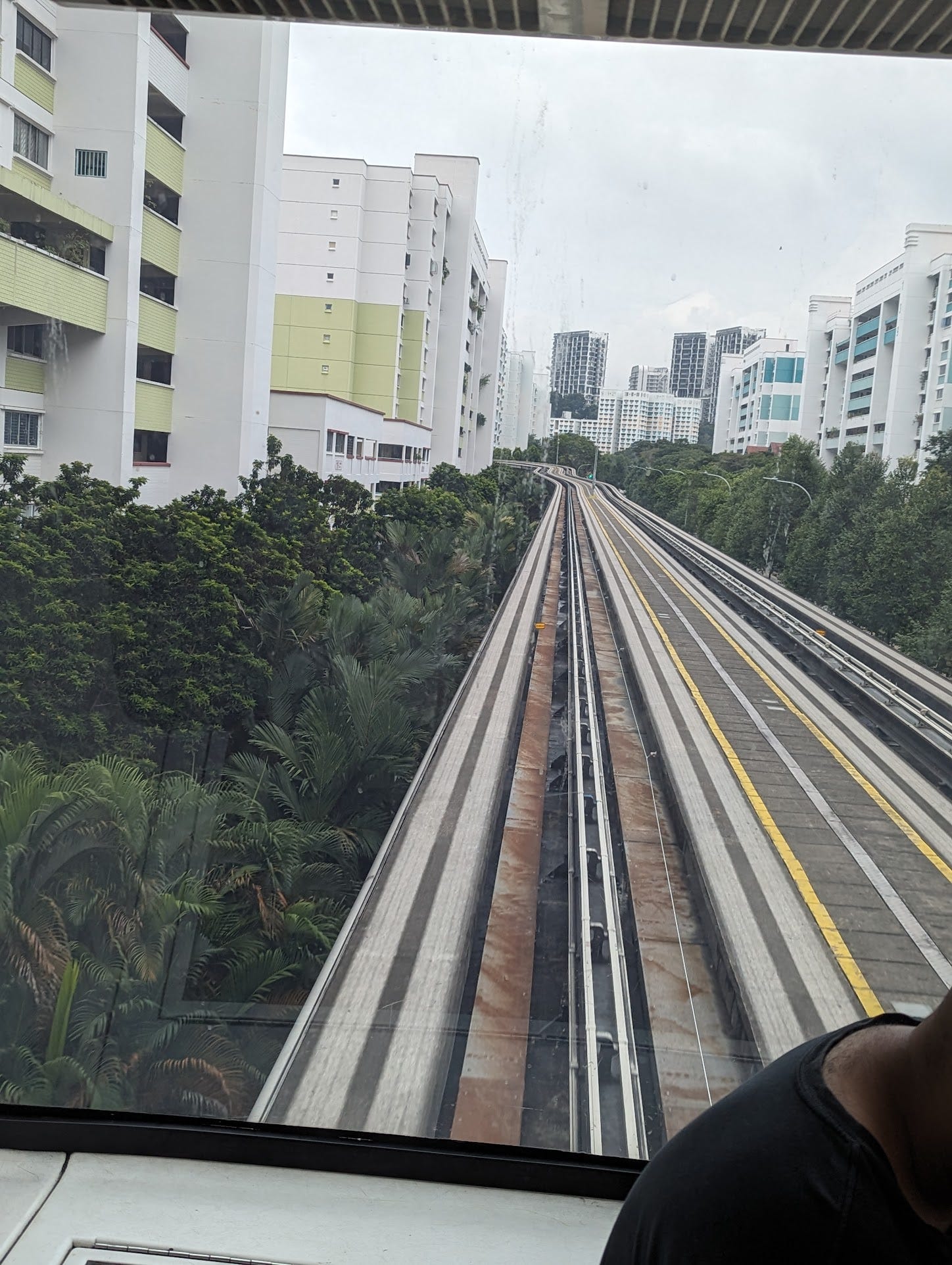
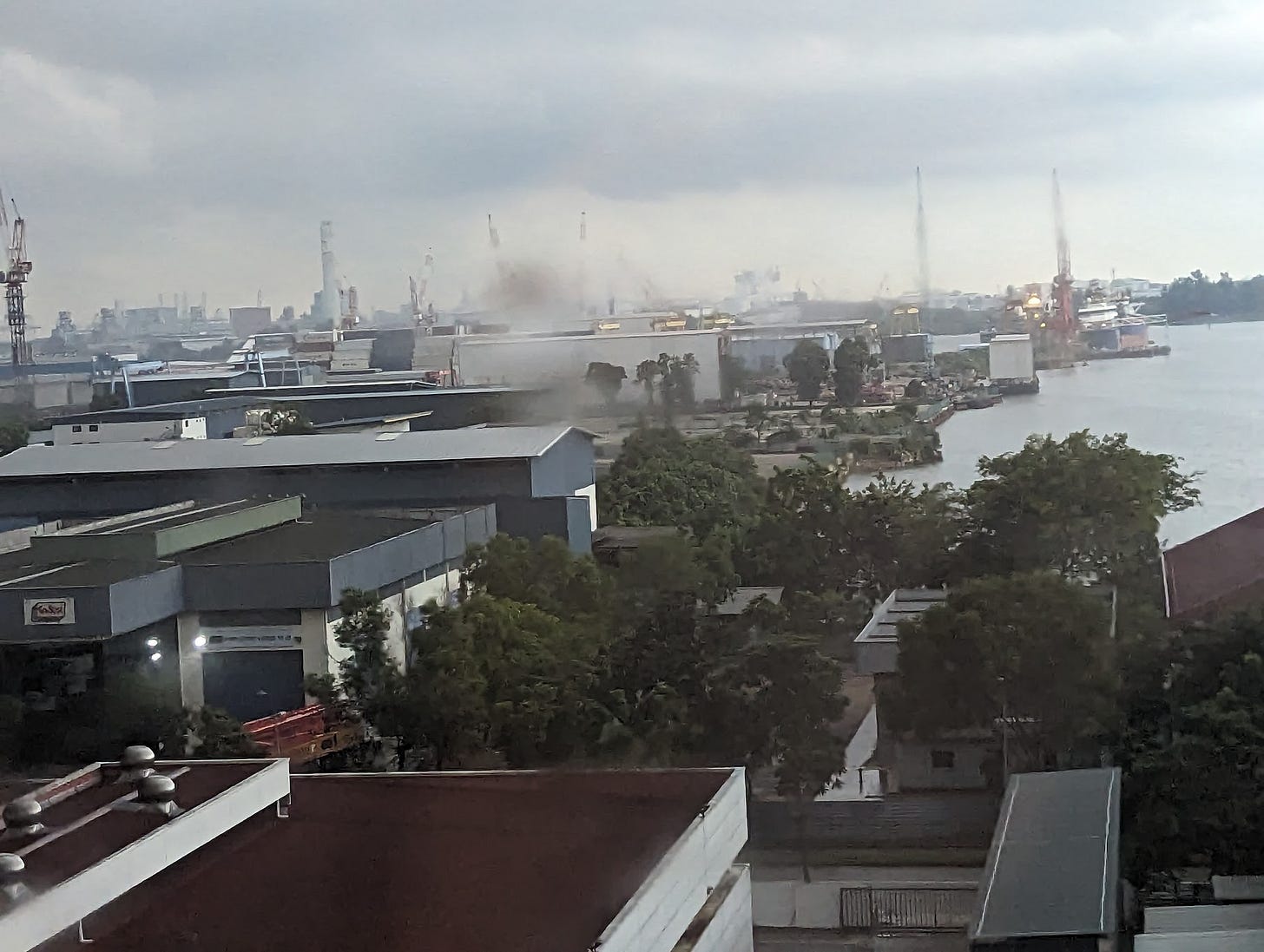

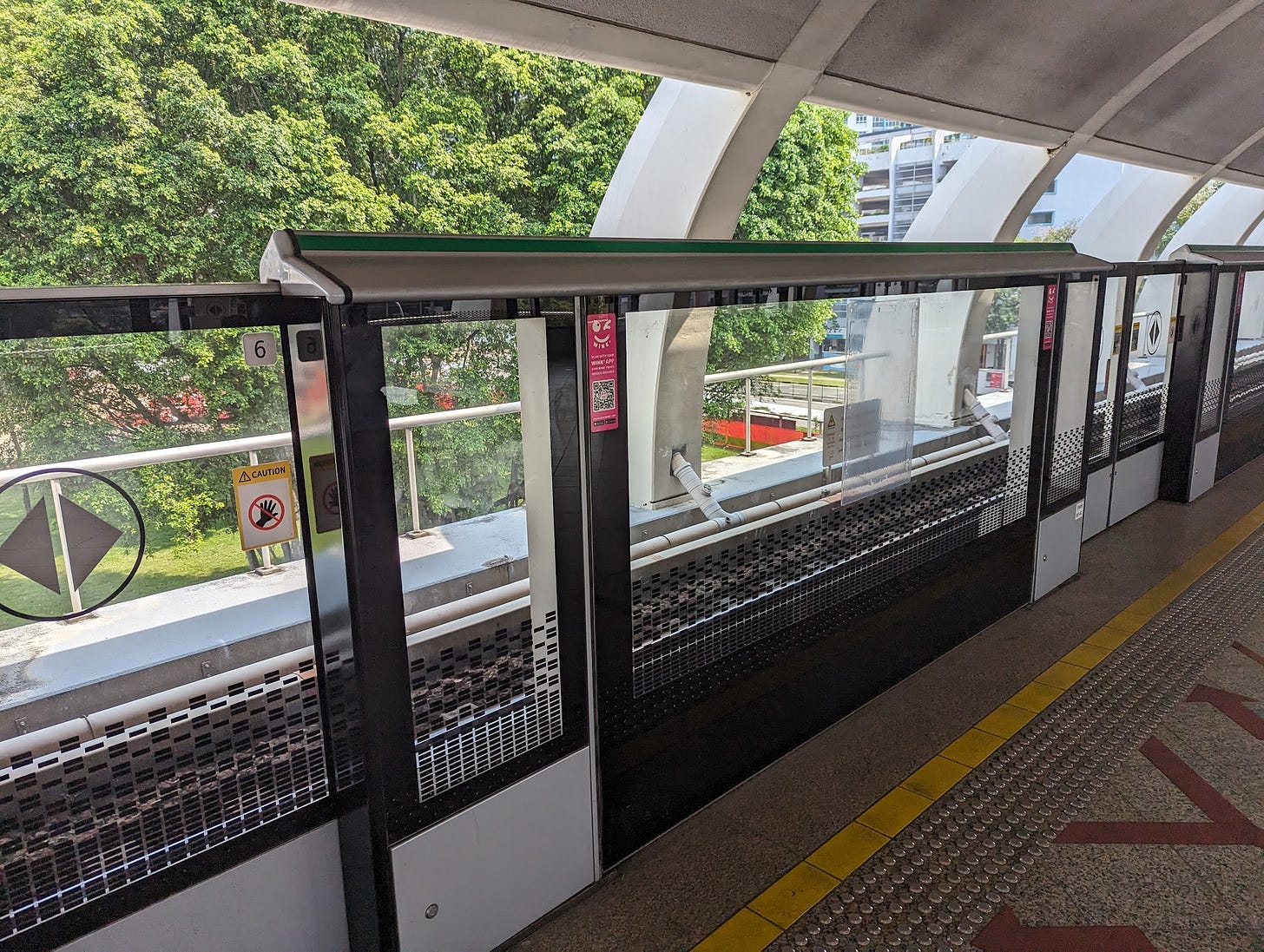



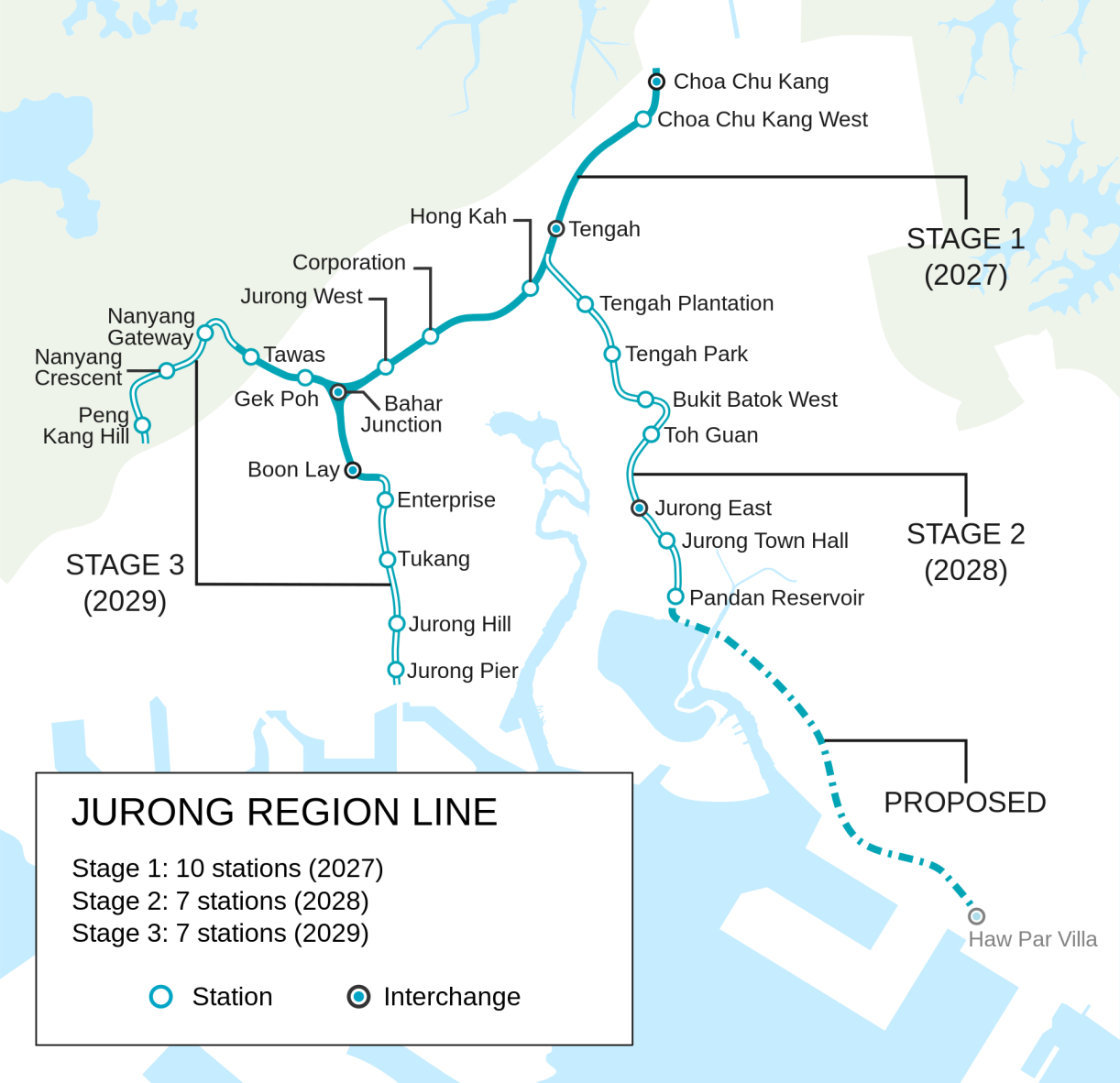




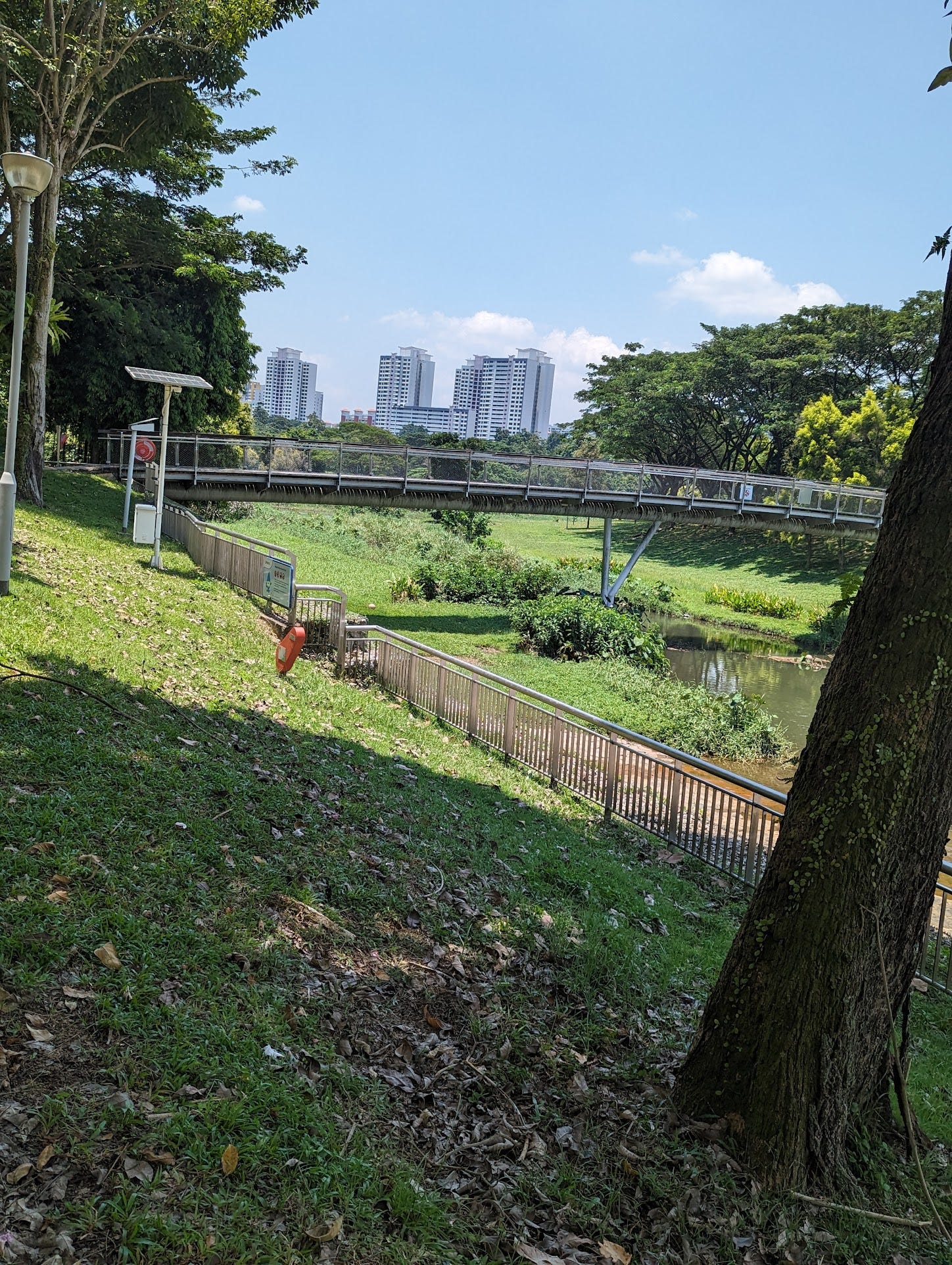
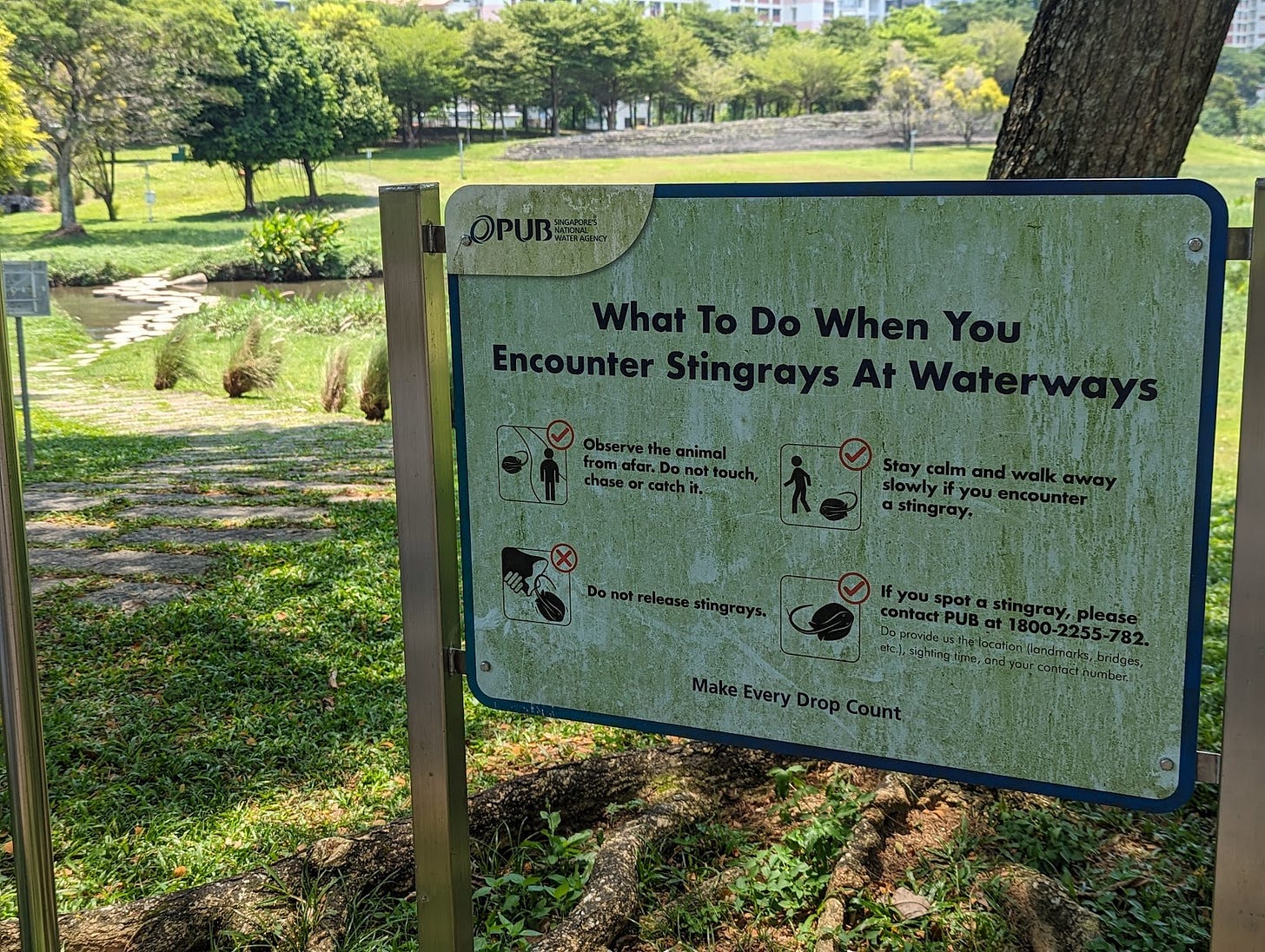
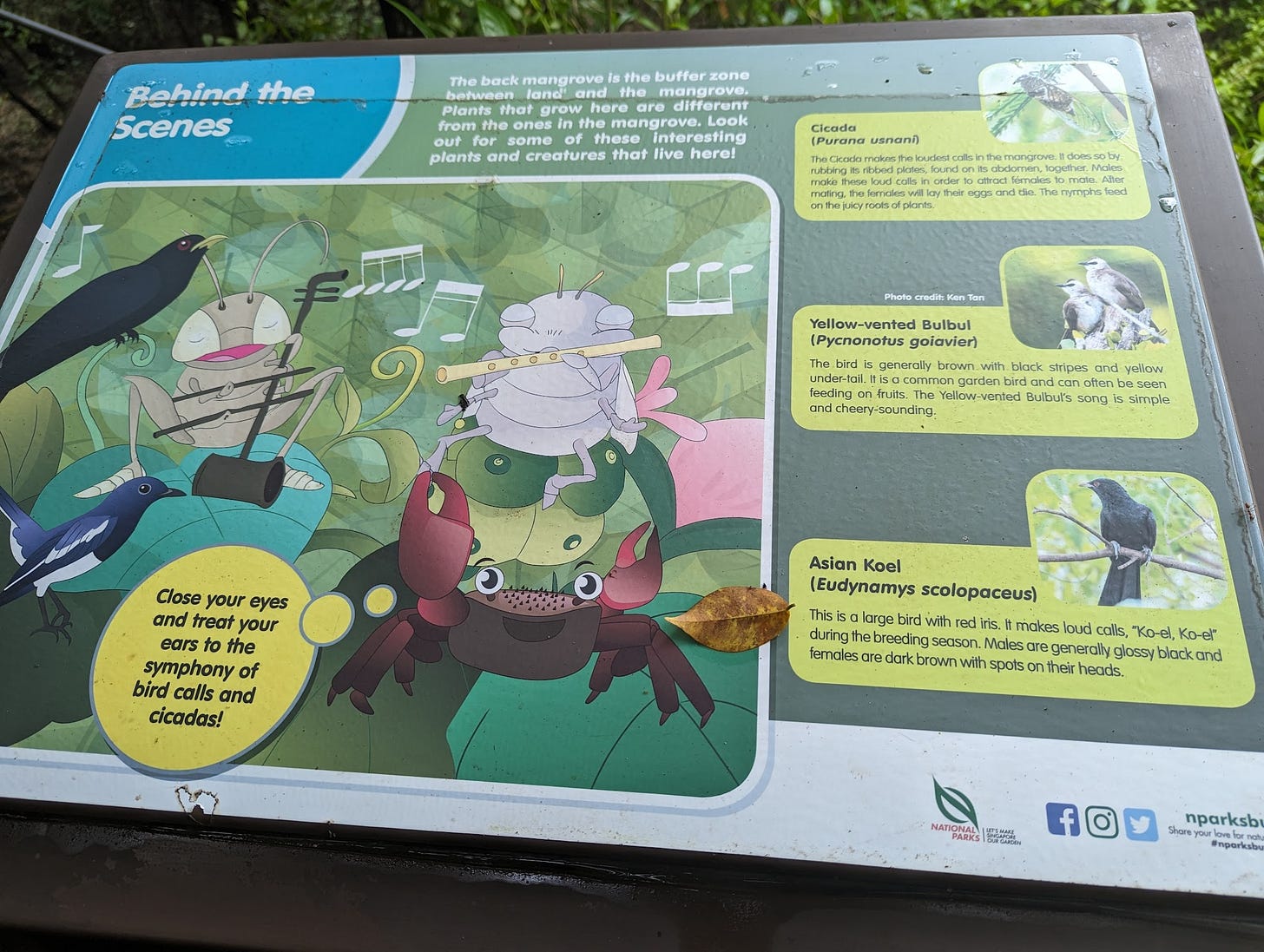

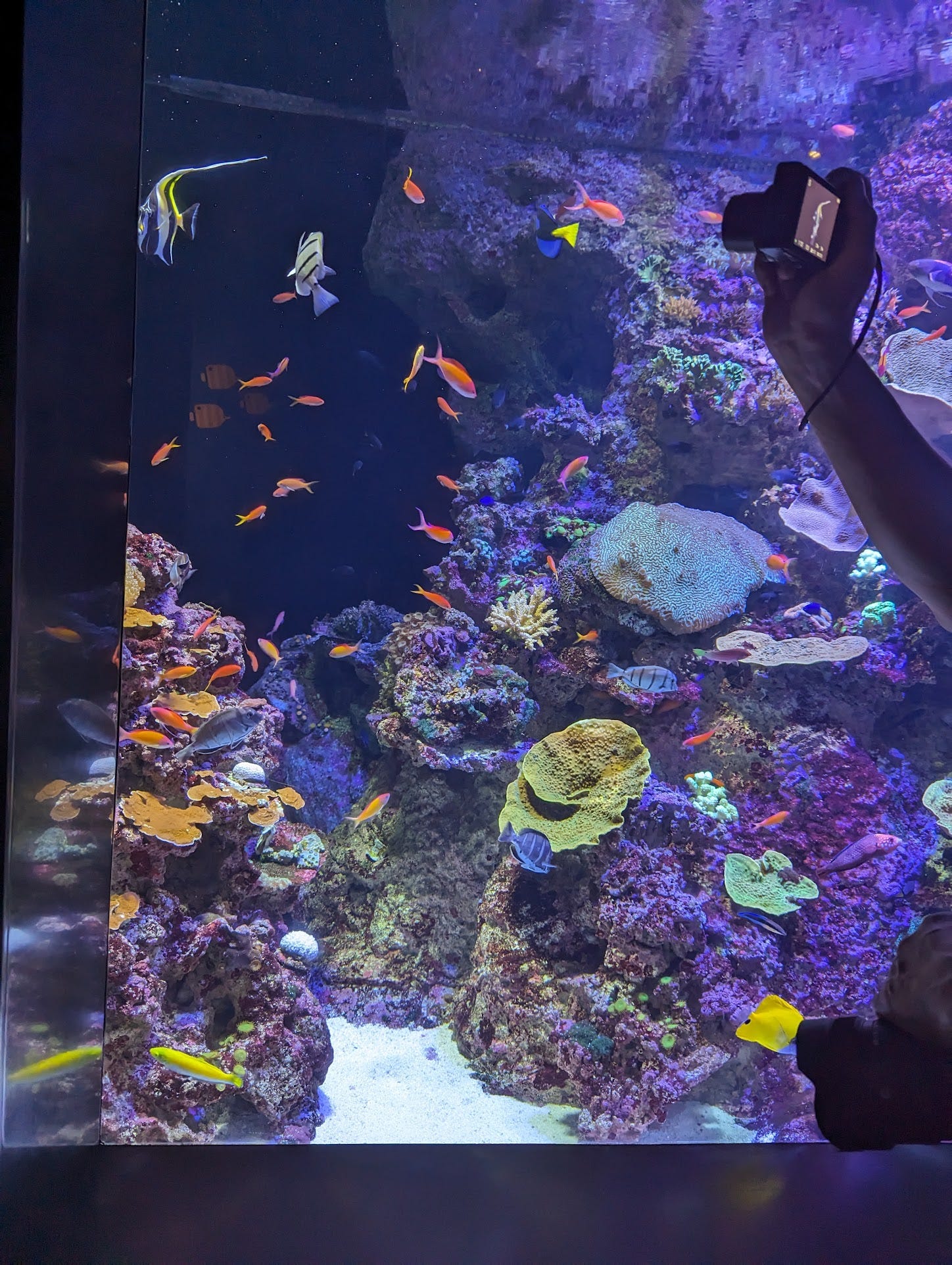



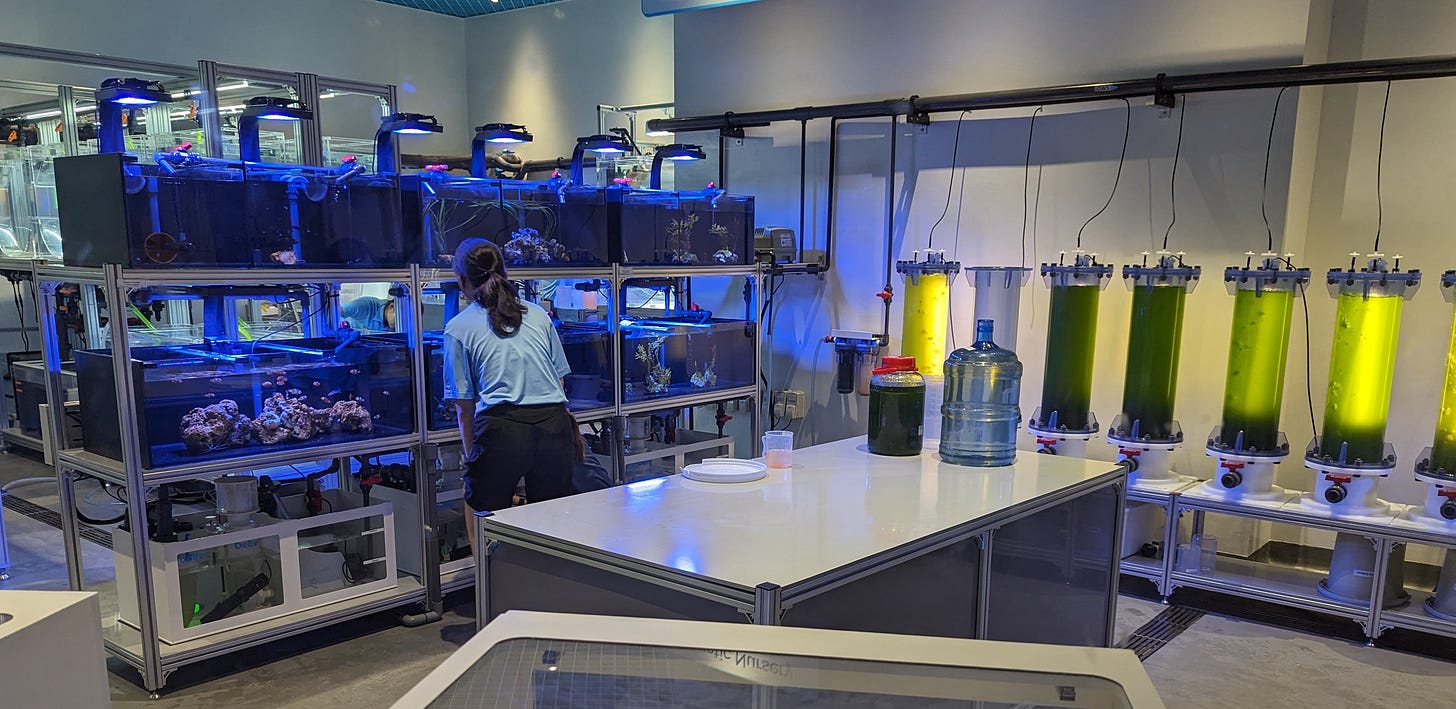

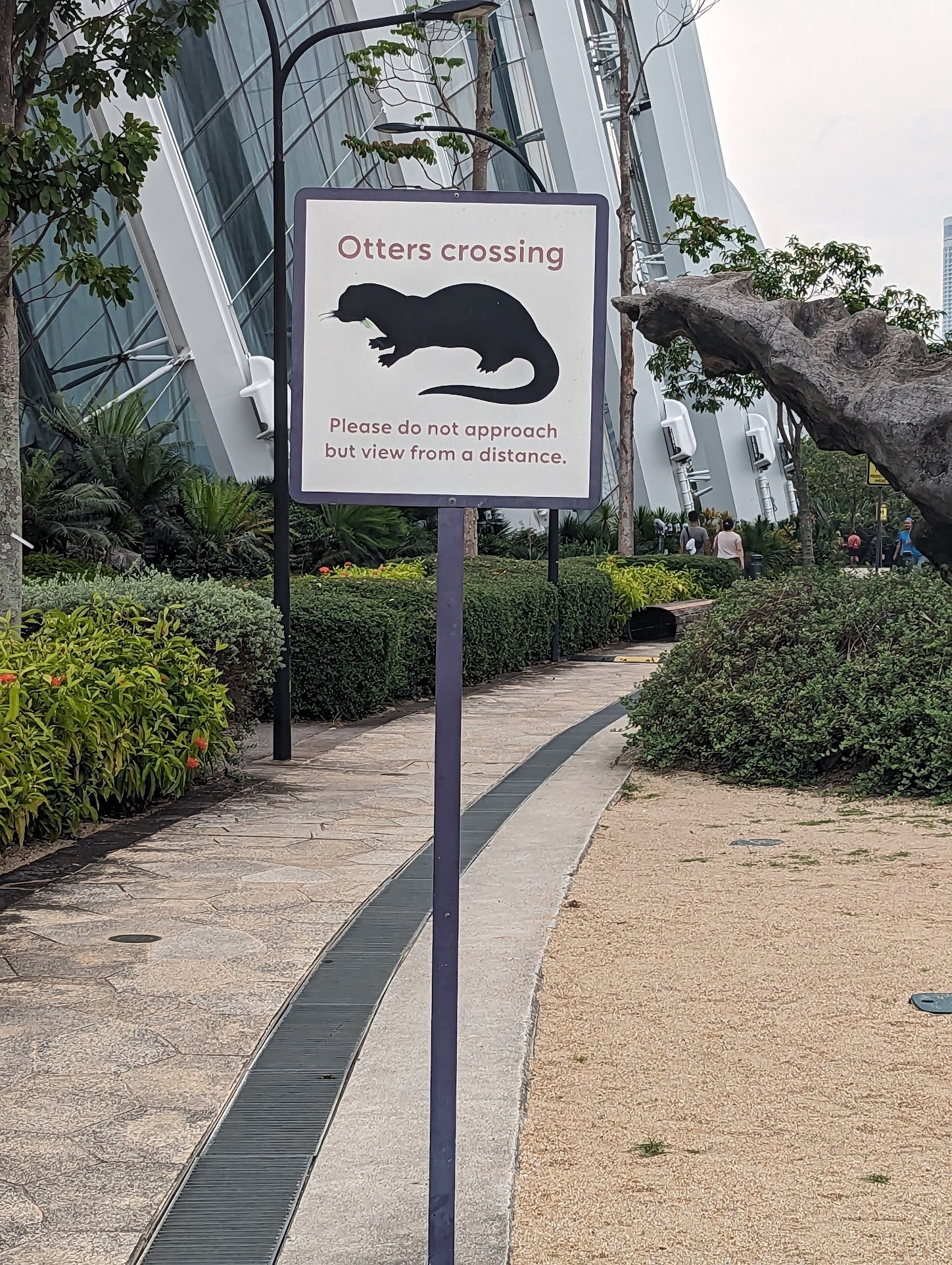

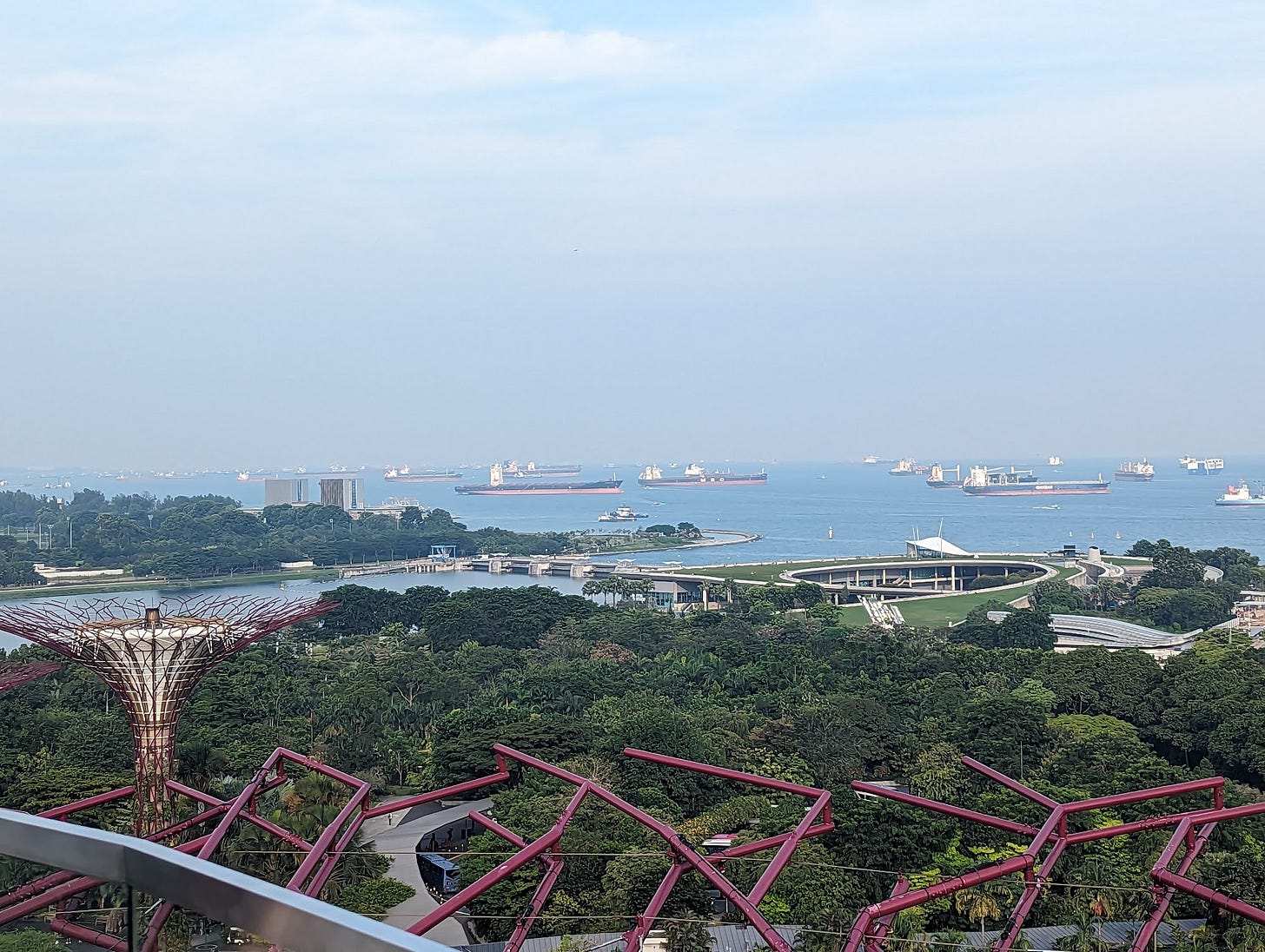
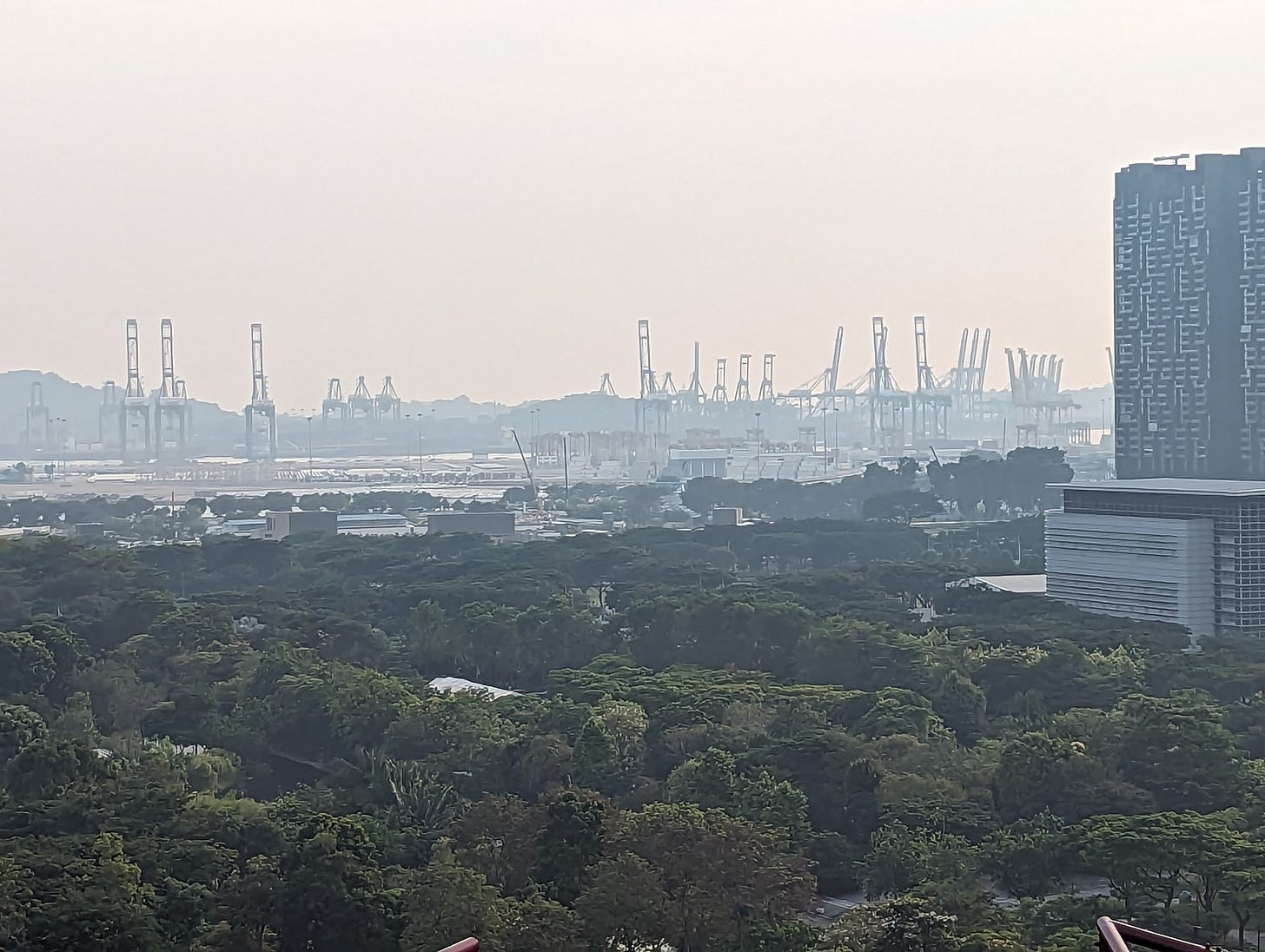


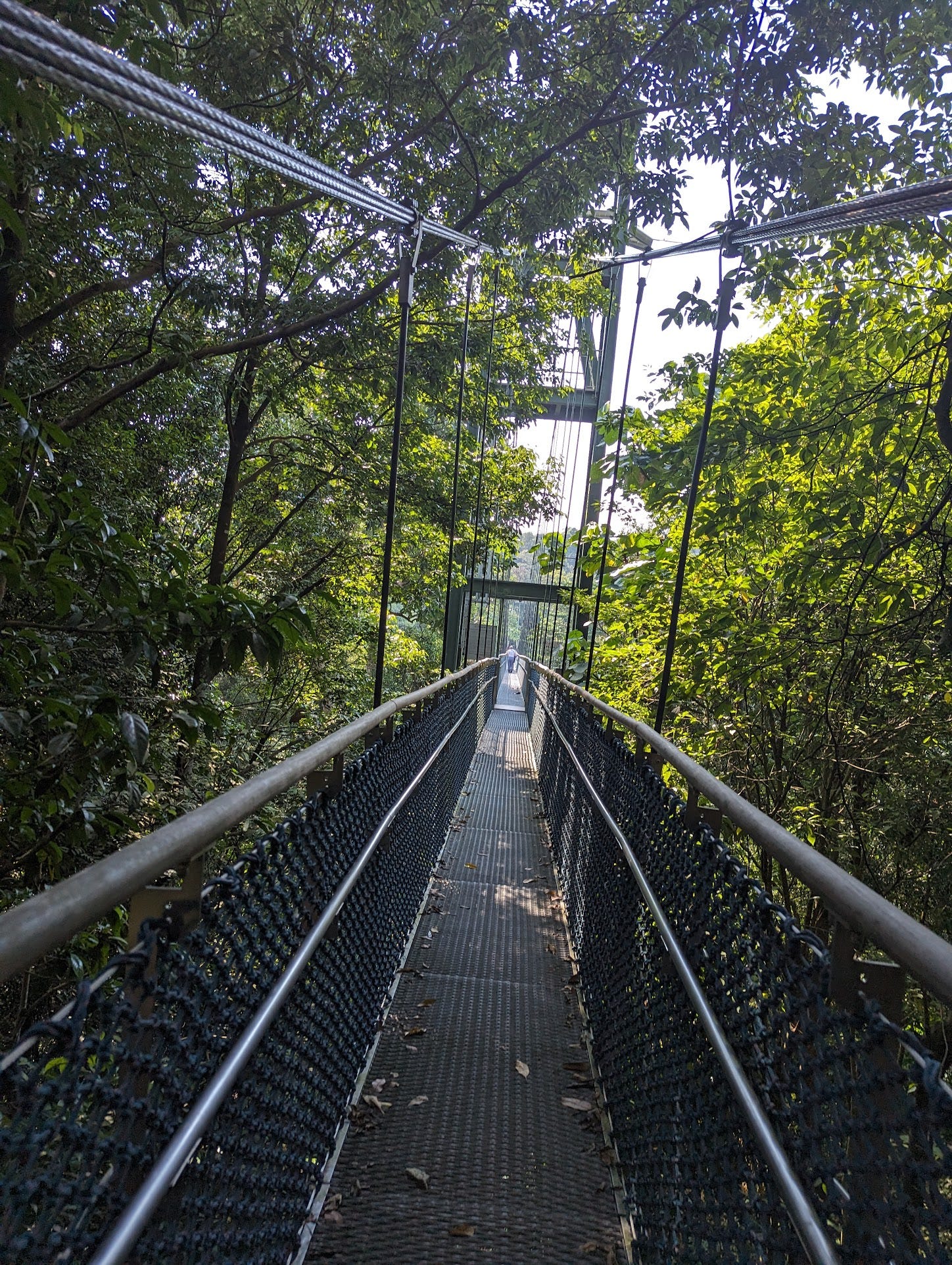
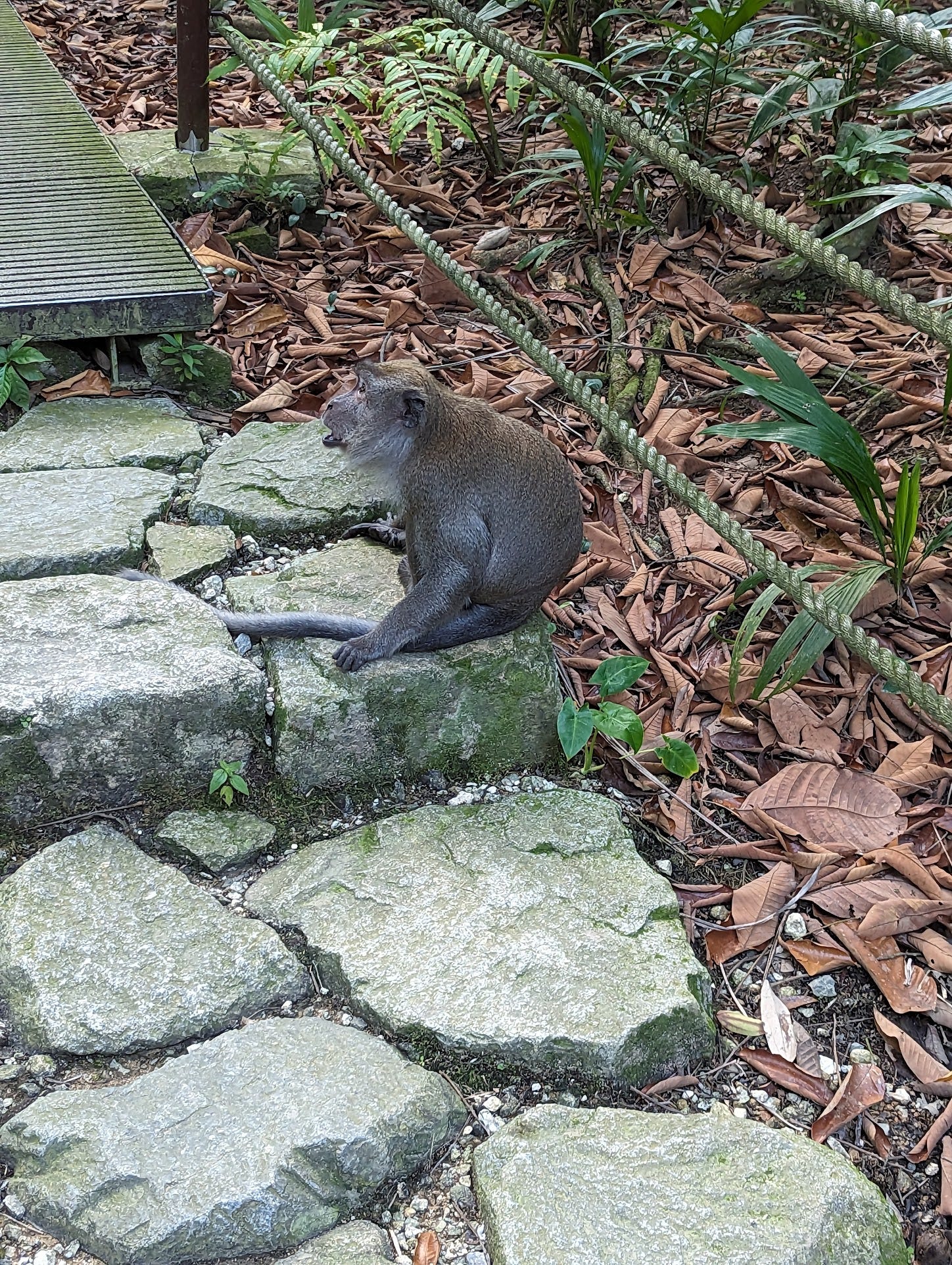

Just reading this post!
I thought Switzerland felt very well-run. I found rules (in museums, etc.) to be exactly what they needed to be, and not patronizing or excessive. (I see people jumping off a bridge into deep water on one river, which even if safe would be totally illegal in another country.) Also it's was very clean and didn't have people accosting us trying to sell trinkets or panhandle.
I assume living there would impose some of these unspoken expectations you talk about but it's a very nice place to visit.
It’s not the heat, it’s the enthalpy. 95F and dew point 40F in SLC, no problem. 95F and dew point 85 in Mpls, unbearable.